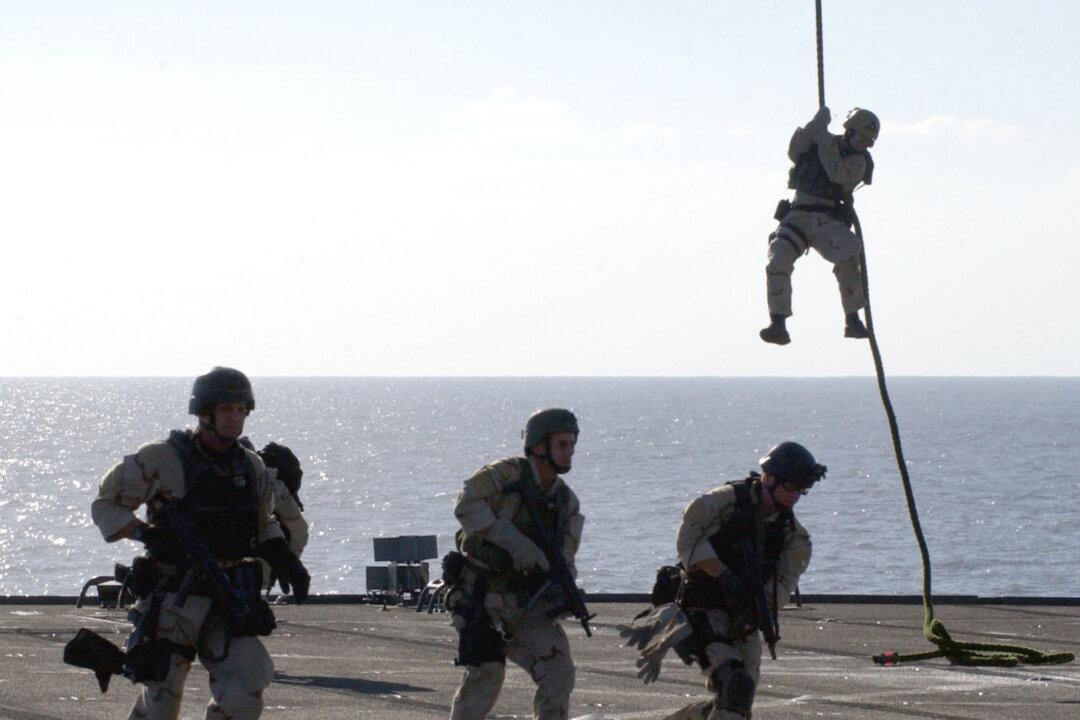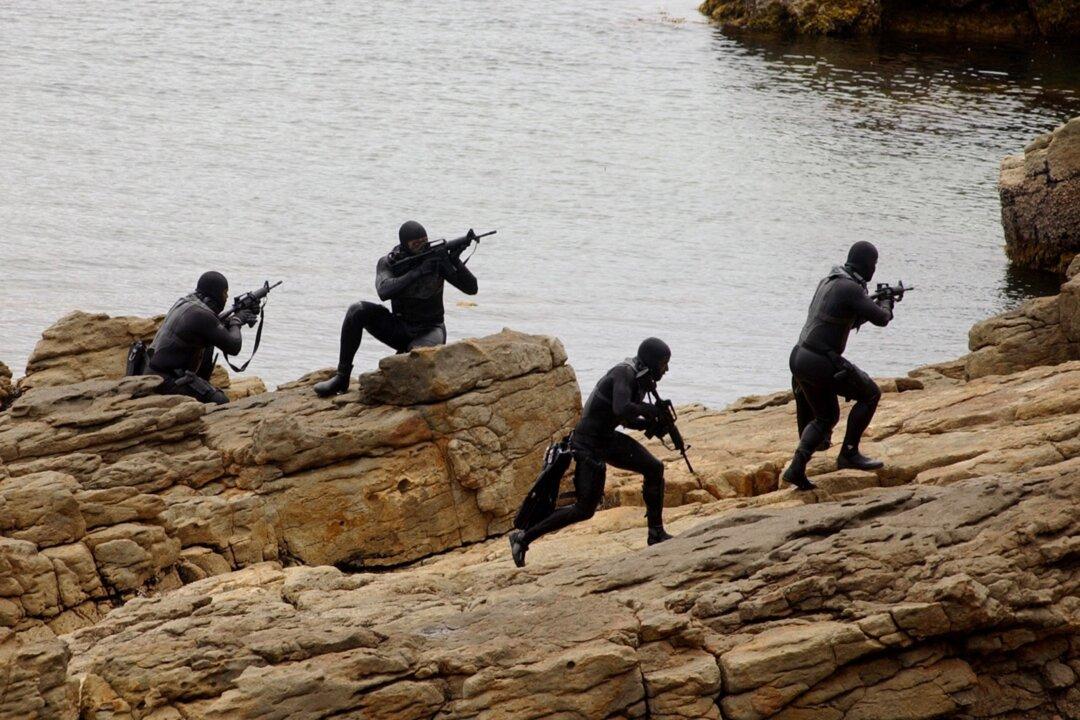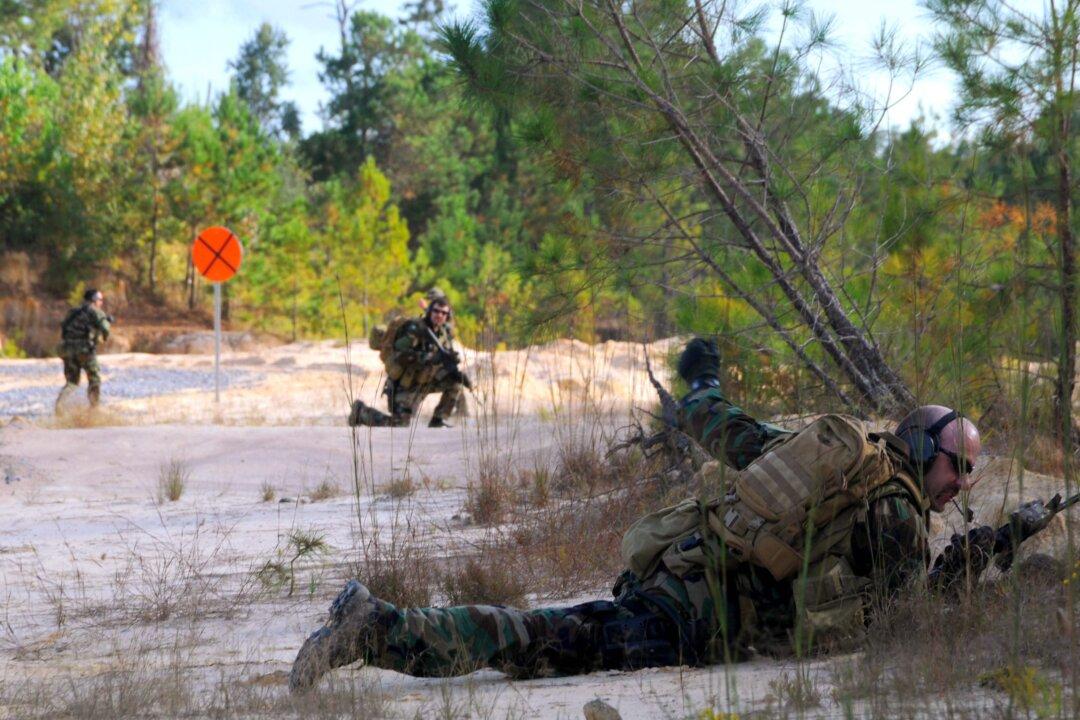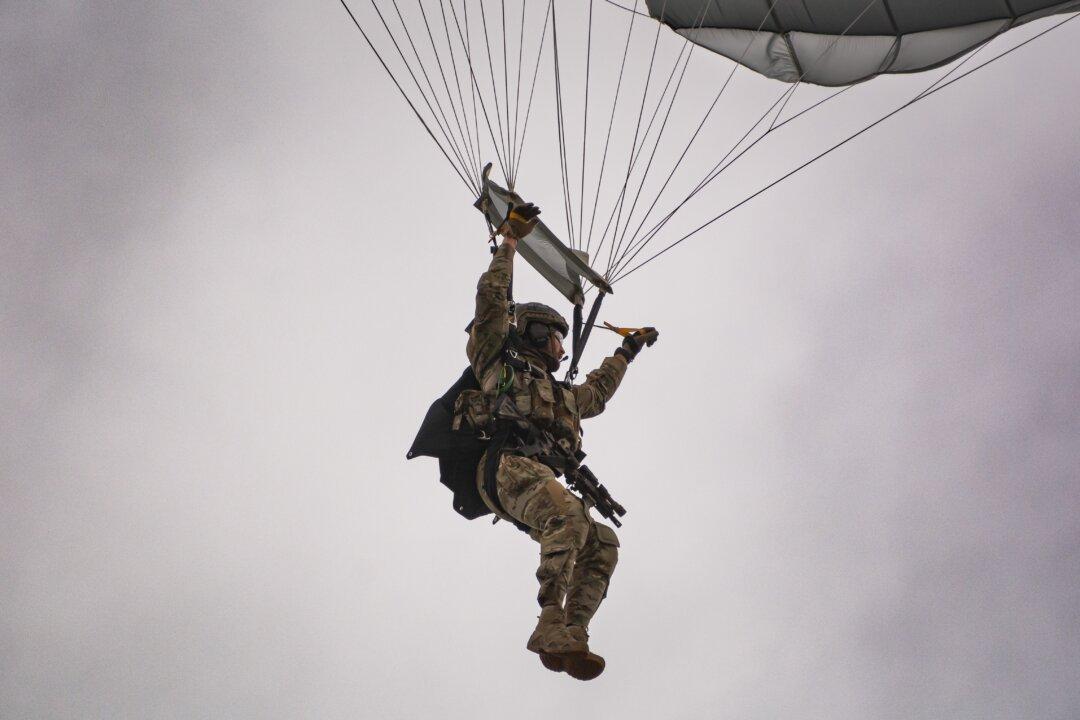One of the most important lessons that I learned when I began to find some success as an athlete is that if I pushed myself hard enough, I could actually succeed in accomplishing things I felt were quite significant. This led to me training even harder as a runner, eventually achieving my goal of finishing a marathon in under two hours and fifty minutes. It was about that same time that I began to think about what else I could do with my life. I found myself wanting to do something worthwhile. Something that would allow me to channel all of the energy that I had built up in a positive way. I wanted to go somewhere that I could make a difference. I found everything I was looking for—and so much more—in the US Navy.
Not long after I enlisted in the military I found myself in Great Lakes, Illinois where I underwent basic training. At the time, I wasn’t sure what to expect from this new life, but it didn’t take long before I started to feel right at home. The regimented nature of the Navy brought some much-needed order and structure to my life and soon I was making sense of the predictable routine. And since I was already in fairly good physical condition, it wasn’t long before I began to thrive in this new environment.
Unlike Marine Boot Camp, Navy Boot Camp is not especially physically challenging for someone who is in decent shape. I knew that in order to stay fit, and continue to become even fitter, I needed to do additional training after hours. So as soon as the drill instructors left us alone in the evenings, I made excellent use of that time. Instead of shining my shoes, folding my clothes or studying the Navy Blue Jacket Manual as the other recruits did, I set a goal of doing a thousand repetitions of various exercises each night. One night it was a thousand push-ups, one night it would be a thousand bunkbed bench presses, one night it would be a thousand sit ups, and so on. After my nightly strength training, I would run laps in the barracks, around all of the bunk beds. One time I ran seventeen miles in the barracks, over one hundred laps. I did this seven nights a week for two months. The boot camp company officer noticed my commitment to working and selected me to be the physical fitness instructor which meant one of my boot camp duties was to assist other recruits who were having difficulties with the physical requirement. I gladly and proudly accepted this new role as it gave me the opportunity to help others and to continue my own training as well. It was perfect.
One day, after we had completed a training session in the swimming pool, one of our drill instructors asked if any of us recruits wanted to watch a film about the Navy SEALs. At the time, none of knew much, if anything, about the SEALs, but some of us were more than intrigued. I didn’t know it just yet, but that day would end up changing the course of my life forever, sending me down a career path that I had never imagined for myself.
While the SEALs can trace their origins back to the Amphibious Scouts and Raiders of World War II, they were first formed by a presidential directive in the early 1960s. John F. Kennedy recognized the need for a highly trained counter-guerilla unit to serve as the tip of the spear in Southeast Asia and wanted a new type of warrior to fill the role. This unit would be able to operate from the sea, land, and air, hence the SEAL acronym.
The first SEAL teams were formed in early 1962, with SEAL Team One located at the Coronado Naval Base in Coronado, California and SEAL Team Two in Little Creek, Virginia. The members of those two units were selected from the Navy’s Underwater Demolition Teams, which had already conducted commando style raids and missions throughout the Korean War. Their mission was to conduct counter guerrilla warfare and clandestine operations anywhere in the world.
While the Underwater Demolition Teams were already highly skilled at their craft, the newly christened SEALs immediately began an intensive training program that focused on hand-to-hand combat, high-altitude skydiving, demolitions, and maritime raids. They also studied foreign languages, small unit tactics, and became experts at the use of a variety of firearms.
SEALs did conduct reconnaissance operations in Cuba, but they found their first real challenge in Vietnam where they were sent to serve as advisors and trainers. They helped prepare South Vietnamese forces to combat communist insurgents from the North, using many of the same weapons, tactics, techniques, and procedures that the SEAL teams were using themselves.
Over the course of the Vietnam War, the SEALs proved highly efficient, carrying out some of the most daring and dangerous missions assigned to US forces as a part of that conflict. They not only trained Vietnamese troops and served as advisors in the south, but conducted raids into North Vietnam, Laos, and Cambodia, quickly becoming one of the most reliable and feared units in the US military.
In the early 1980s additional SEAL teams were commissioned, giving the Navy greater flexibility in when and where the elite units could be deployed. As a result, SEALs have operated in places like Grenada, Panama, Somalia, the Philippines, El Salvador, Iraq, and Afghanistan. They’ve also conducted missions in other parts of the world, usually under a deep veil of secrecy.
Today, the Navy SEALs are considered the toughest, most experienced, and best-trained combat units in the world. They are elite warriors who are assigned some of the most challenging operations that the US military conducts, and more often than not they successfully complete those tasks without anyone ever knowing about their accomplishments. They undertake these dangerous missions not for fame, fortune, or glory, but because they’ve made an oath to protect their country.
After learning what SEALs do and how they train, I had one massive macro-goal in life; that was to join their ranks as soon as possible. I had never wanted anything else quite so much and all of my focus and time was devoted to becoming fitter, stronger, faster, and more knowledgeable of how the SEALs operated. I knew the training would be tough but I was ready to welcome the pain!
(To be continued...)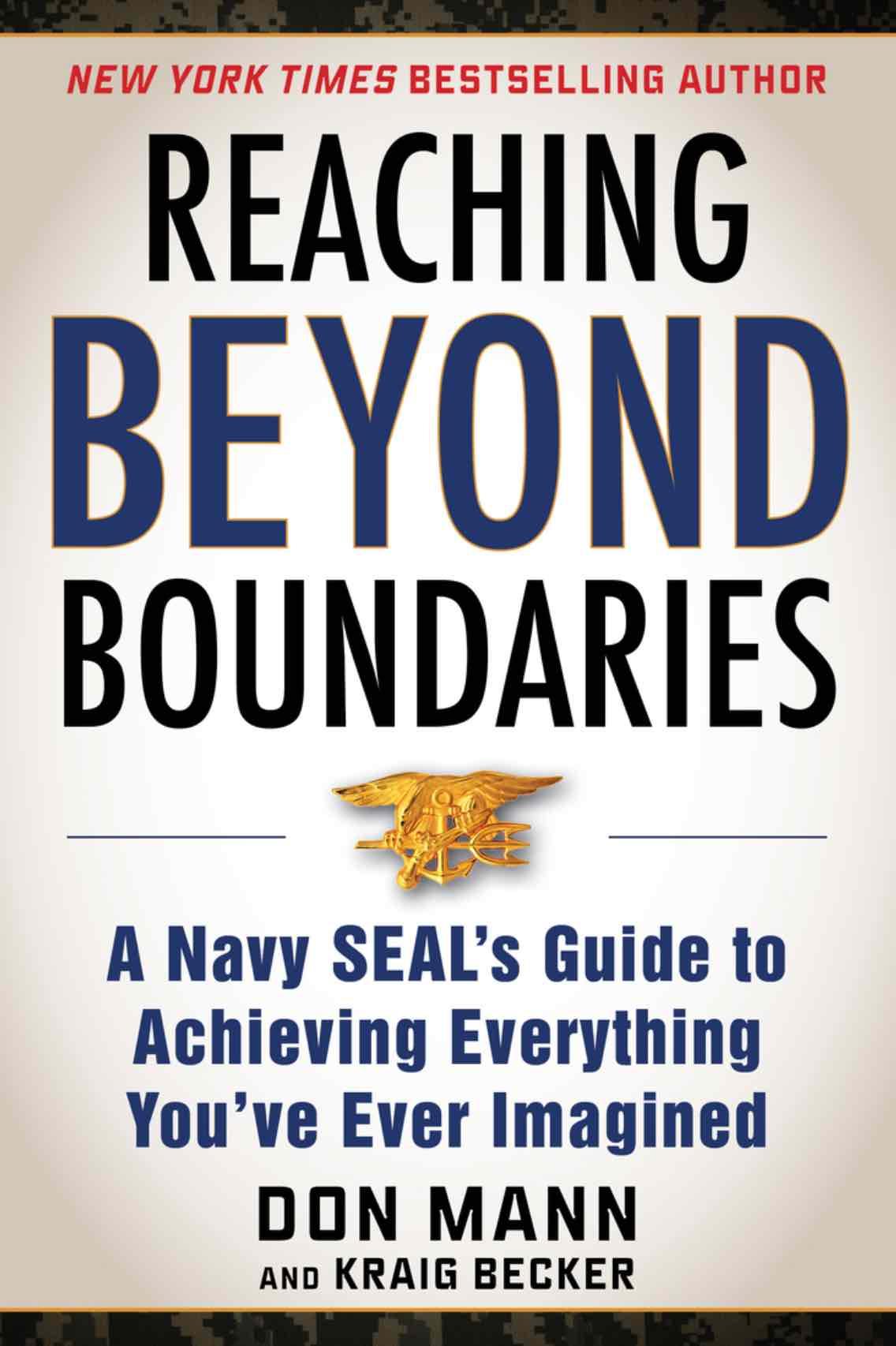 This excerpt is taken from “Reaching Beyond Boundaries: A Navy SEAL’s Guide to Achieving Everything You’ve Ever Imagined” by Don Mann and Kraig Becker.
To read other articles of this book, click here.
To buy this book, click here.
This excerpt is taken from “Reaching Beyond Boundaries: A Navy SEAL’s Guide to Achieving Everything You’ve Ever Imagined” by Don Mann and Kraig Becker.
To read other articles of this book, click here.
To buy this book, click here.
The Epoch Times copyright © 2023. The views and opinions expressed are those of the authors. They are meant for general informational purposes only and should not be construed or interpreted as a recommendation or solicitation. The Epoch Times does not provide investment, tax, legal, financial planning, estate planning, or any other personal finance advice. The Epoch Times holds no liability for the accuracy or timeliness of the information provided.

